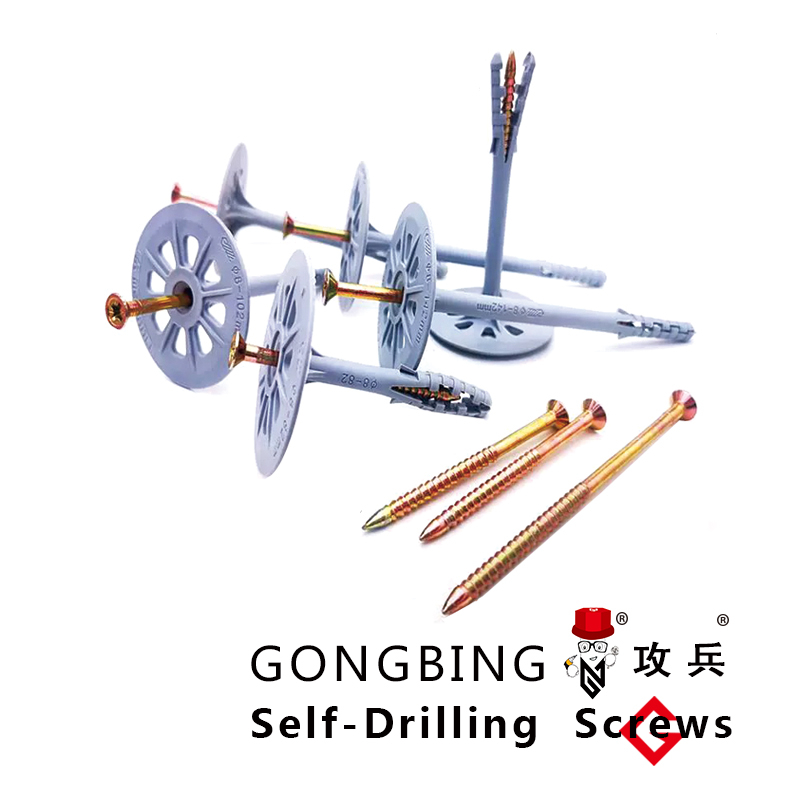self drilling taps
Understanding Self-Drilling Taps Revolutionizing Threading Processes
In the world of manufacturing and metalworking, efficiency and precision are essential. Among the myriad of tools that assist in these processes, self-drilling taps have emerged as game-changers. These innovative tools not only streamline the drilling and tapping process but also enhance the overall quality of the finished product. This article explores the design, functionality, advantages, and applications of self-drilling taps.
What Are Self-Drilling Taps?
Self-drilling taps are specialized tools designed to create threaded holes in various materials without the need for a separate drilling process. These taps integrate the functions of a drill and a tap into a single tool. When the tap is rotated, it drills a hole and simultaneously forms internal threads in that hole, allowing for a more efficient operation, especially in tight spaces or when working with thin materials.
Design and Functionality
The design of self-drilling taps often features a sharp tip that resembles a drill bit, followed by flutes that help evacuate chips and produce threads. They are available in various sizes and configurations to accommodate different thread standards and materials. The distinctive point geometry of the tap allows it to penetrate the material easily, while the fluted body guides chips away from the cutting area, reducing friction and wear.
These taps are typically made from high-speed steel (HSS) or cobalt steel, which provide the necessary hardness and durability for cutting through tough materials. Some self-drilling taps also come with coatings like titanium nitride (TiN) or titanium carbonitride (TiCN) that enhance their lifespan and performance.
Advantages of Self-Drilling Taps
self drilling taps

One of the primary benefits of self-drilling taps is the significant reduction in processing time. Traditional drilling and tapping require separate operations, which can be time-consuming and resource-intensive. With self-drilling taps, a manufacturer can drastically cut lead times, increasing overall productivity.
Another advantage is the versatility of these taps. They can be used on a variety of materials, including metals, plastics, and composites, making them suitable for multiple applications. Their ability to operate effectively in tight spaces further enhances their appeal, enabling users to access areas that conventional methods may find challenging.
Self-drilling taps also contribute to improved precision and accuracy. Since the drilling and tapping processes occur simultaneously, the risk of misalignment is minimized. This precision is crucial in high-stakes industries such as aerospace, automotive, and construction, where even minor errors can lead to significant consequences.
Applications
Self-drilling taps are widely used in industries where speed and precision are paramount. In automotive manufacturing, they are often used in the production of components where lightweight and strong threaded connections are necessary. In the construction industry, these taps are applied to create secure connections in metal framing and light-gauge steel structures.
Moreover, in the electronics sector, self-drilling taps are employed for assembling delicate components in circuit boards, where precision is key to functionality. Their ability to handle diverse materials makes them indispensable in the manufacturing of HVAC systems, appliances, and various machinery.
Conclusion
Self-drilling taps represent a significant advancement in the threading of materials, combining efficiency, precision, and versatility into a single solution. As industries continue to evolve, the demand for tools that enhance productivity without compromising quality will only increase. Embracing technology and innovative tool designs like self-drilling taps will enable manufacturers to meet these challenges head-on, ensuring continued growth and success in an increasingly competitive landscape. Thus, understanding and implementing self-drilling taps can lead to meaningful improvements in operational efficiency and quality assurance across various sectors.
-
Weatherproof Plastic Expansion Anchors for OutdoorNewsJun.06,2025
-
Sustainability in the Supply Chain: Eco-Friendly TEK Screws ProductionNewsJun.06,2025
-
Load-Bearing Capacity of External Insulation FixingsNewsJun.06,2025
-
Double Head Bolts: Enhancing Efficiency in Industrial MachineryNewsJun.06,2025
-
Corrosion Resistance in Chipboard Screws: Coatings for Wholesale DurabilityNewsJun.06,2025
-
Butterfly Toggle Bolts : Enhancing Structural ResilienceNewsJun.06,2025
